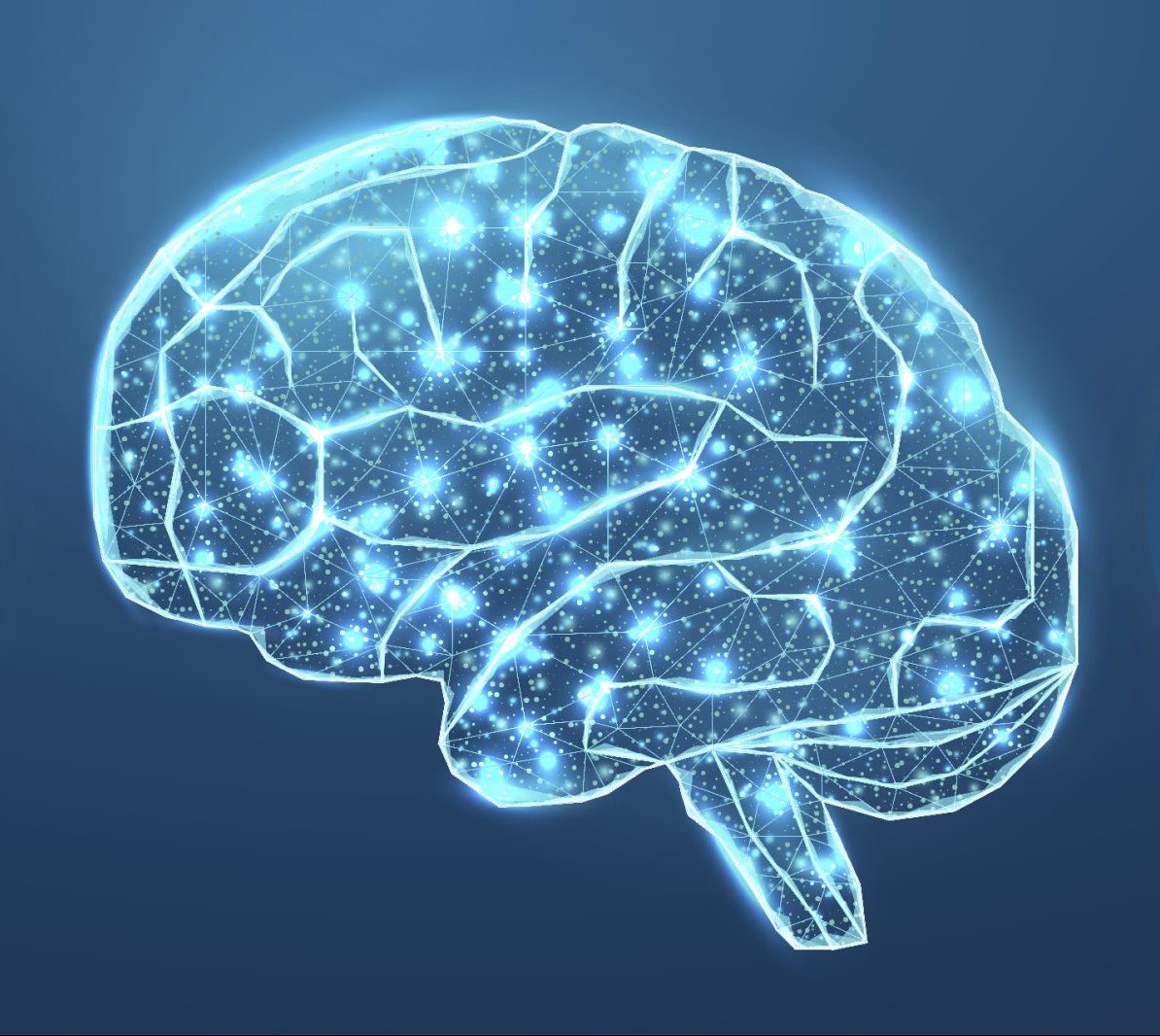
The brain.
The incredible, amazing, fantastic brain.
It is from this relatively minute organ, these 3 pounds of jelly suspended in utter darkness and cerebral fluid that all thought, reason, decision-making and consciousness arise.
The three main parts of the human brain are the cerebrum, cerebellum, and brainstem. Two types of tissue are present: white matter and grey matter of which the latter is the most significant since it contains the largest concentration of neurons.
Furrowed like a forehead, and clenched like a fist, the bi-hemispheric brain is the seat of anxiety—and of calm. Of anger and contentment. Of pain and pleasure. Of hate and love. Of inactivity and movement. Of inhumanity and humanity.
Contradiction is an inherent feature because to paraphrase the poet, Walt Whitman, the brain, though not exactly large (it is roughly the size of two clenched fists) contains multitudes—of information-processing cells called neurons. The number of neurons is close to 100 billion, which approximates the number of stars in the Milky Way, all of which are woven together by a complex, and congested patchwork of 100 trillion—yes, trillion! —electrical connections that are as unique and as personal as fingerprints.
To call the brain a mystery—especially to itself—is an understatement. Winston Churchill’s aphorism about the Soviet Union applies—it is a riddle, wrapped in a mystery inside of an enigma. Or to be more specific it is wrapped inside of the protective shell called the cranium or skull.
How meta-ironic that this same brain, finding itself literally and figuratively in the dark, constantly strives to understand itself by itself, what it does, why it does it, and how its astonishingly simple grid-like architecture,1 gives rise to and reconciles with higher-order processes like behavior, perception, thought, emotion, language, and consciousness.
Another mystery to solve are the several diseases to which the brain is vulnerable. In collaboration with Dr. Richard Gordon from the Queensland University of Technology, Australia, EpicentRx has applied its collective brainpower to the problem of neurodegenerative diseases where neurons progressively deteriorate and die, robbing individuals of their physical and mental abilities on the way to death.
Which may or may not have a black-or-white solution.
And that’s why we call it Gray Matters.
